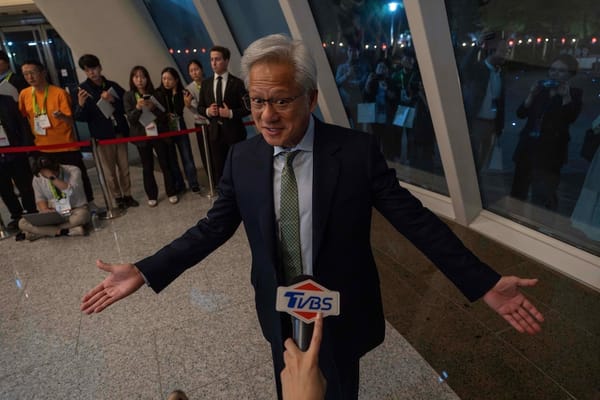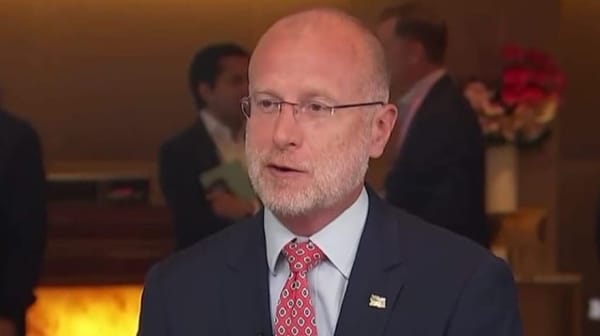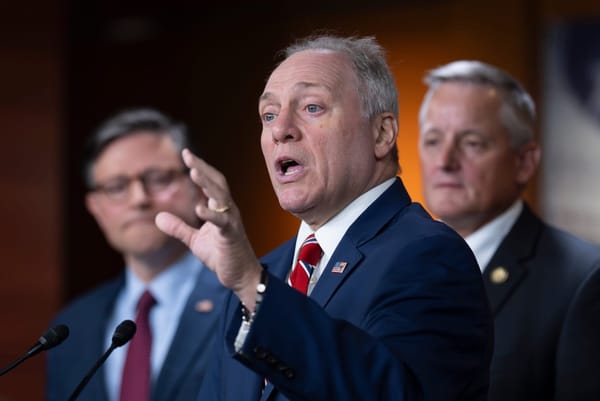NCTA & Free Press Letter to Senate on Broadband Stimulus Discussion
WASHINGTON, February 4, 2009 – The top cable industry lobbyist and the policy director of a non-profit advocacy organization on Wednesday urged the Senate to target broadband funds toward the “construction of robust facilities in unserved areas. The broader objective should be to use scarce resource
Letter Seeks Targeting of Broadband Stimulus Funds Toward Unserved Areas
Documents
Editor’s Note: This document was provided by NCTA on February 4, 2009, and is addressed to Senate Majority Leader Harry Reid, D-Nev., and Senate Minority Leader Mitch McConnell, R-Ky. PDF available here. Visit the BroadbandCensus.com Broadband Wiki.
We write to applaud the Senate’s decision to consider measures in S. 1, the American Recovery and Reinvestment Act of 2009, that will promote broadband adoption and deployment to unserved and underserved areas in the United States.
Despite our progress over the last decade in evolving from dial-up to broadband technology, we recognize that there is still work to be done. Such work should promote continued private investment in high-speed networks, expand the reach of broadband to unserved areas, foster greater access to next generation technologies and spur broadband demand among groups that could — but nevertheless do not yet — subscribe to broadband services.
In particular, we support efforts in the Senate bill to unify broadband grant support under the expertise of the National Telecommunications and Information Administration (NTIA). Through the Secretary of Commerce, the head of NTIA serves as the President’s principal adviser on telecommunications policy. By selecting NTIA to coordinate and administer the distribution of grant funds, the bill correctly recognizes the value of this agency’s expertise in communications matters and avoids the potential confusion and inconsistencies that might result were the program split among multiple agencies. NTIA is well suited to the task of implementing policies that promote economic recovery and the improvement of our telecommunications infrastructure. While there may be appropriate roles for other agencies to play in broadband, the size and scope of this program—as well as its necessary integration into other telecommunications policies—strongly indicates a single agency strategy as the correct path.
However, in order to ensure the success of this program, we believe that Congress should adopt refinements to the legislation that will clarify legislative intent, better target scarce resources, and fuel a national policy built on spurring consumer adoption and promoting technology investment. In particular, we believe that the focus of any infrastructure grants under the Broadband Technology Opportunities Program should be targeted to construction of robust facilities in unserved areas. The broader objective should be to use scarce resources judiciously to maximize and modernize the reach of our network infrastructure.
Similarly, we believe that the bill should also be strengthened by clarifying that private broadband providers should be eligible to apply for government grants directly without diminishing the role of partnerships with local and state governments. In our view, such clarification could speed the efficient administration of the program and disbursement of funds while strengthening the valuable role played by governmental entities in conducting oversight.
While telecommunications policy will always spur differing views and spark a lively debate, we agree that an NTIA program focused in these ways can play a meaningful and responsible role in “moving the needle” on broadband adoption and deployment to close the digital divide.
Sincerely,
Kyle E. McSlarrow
President & CEO
NCTA
Ben Scott
Policy Director
Free Press











Member discussion